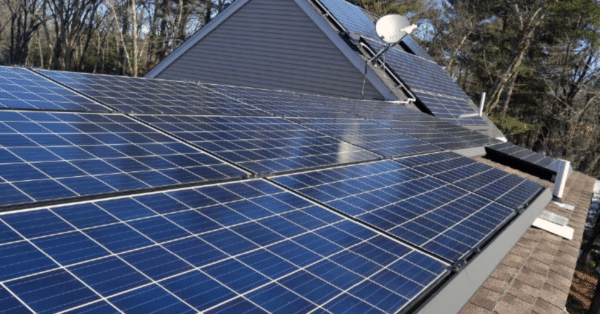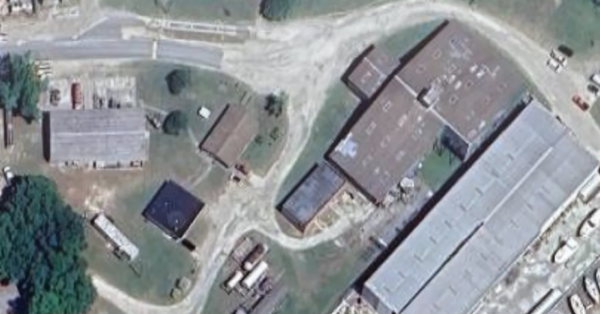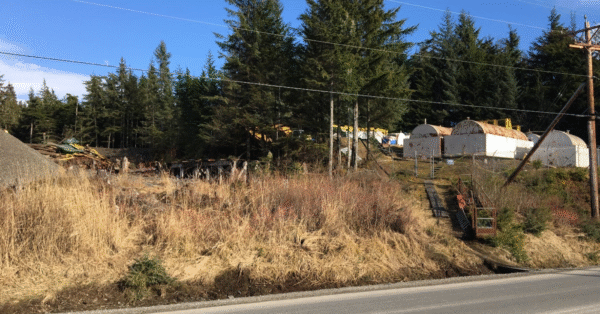VTX was tasked with conducting a thorough investigation of a municipal potable water treatment plant in British Columbia, after the effluent arsenic levels were found to be above the desired levels. The Insured had been hired to design a filtration system to target iron, manganese, and arsenic, with the goal of having arsenic levels measure less than 2 parts per billion (ppb). However, after just two months of operation, the effluent arsenic levels were measured above the goal and fluctuated between 3-5 ppb, still under the regulatory standard of 10 ppb. A regeneration system was installed, which temporarily reduced the levels below 2-ppb, but the levels rebounded within 5 months. The Insured recommended continuing with regular regeneration events, incorporating ferric iron amendments (pre-treatment), reducing the arsenic goal to 4-ppb, or a combination of the above.
Based on VTX’s investigation, it was found that several factors contributed to the increased arsenic levels, the majority of which appeared to be the responsibility of the Claimant, including insufficient manganese pre-treatment, incorrect influent phosphate values, higher influent pH than projected, higher influent arsenic concentration than projected, and excess volume of influent water at system start-up. As the Insured and Claimant discussed the path forward, VTX submitted their comprehensive report, providing valuable insight into the causes of the issue and potential solutions to prevent it from happening again.
To learn more about VERTEX’s Environmental services or to speak with an Expert, call 888.298.5162 or submit an inquiry.







